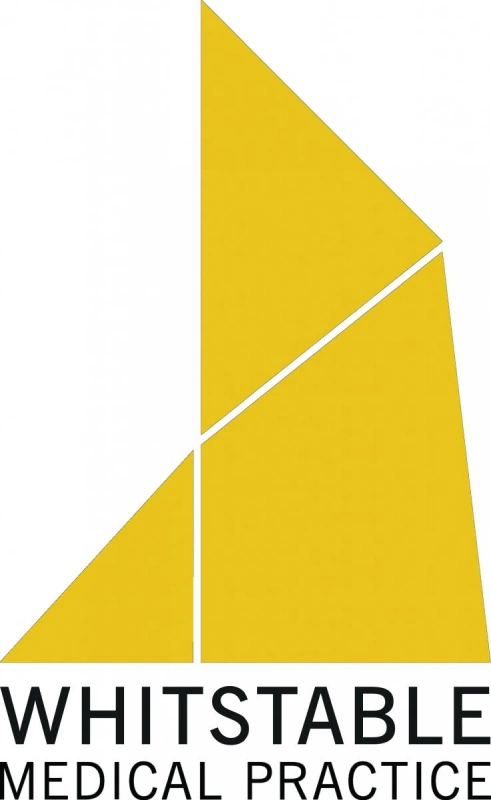We use cookies to help provide you with the best possible online experience.
By using this site, you agree that we may store and access cookies on your device. Cookie policy.
Cookie settings.
Functional Cookies
Functional Cookies are enabled by default at all times so that we can save your preferences for cookie settings and ensure site works and delivers best experience.
3rd Party Cookies
This website uses Google Analytics to collect anonymous information such as the number of visitors to the site, and the most popular pages.
Keeping this cookie enabled helps us to improve our website.
X-Ray Information
X-rays are used to image inside your body so that your clinician can make an accurate and informed diagnosis. X-rays are also used in CT scans, but not in MRI or ultrasound scans.
Any exposure to X-rays carries a potential risk of later developing cancer. The risk from almost all medical X-rays (including CT scans) is very small. The doses are actually comparable to the levels of natural background radiation which we are exposed to every day. A typical chest X-ray can also be compared to a similar radiation dose you may receive on an short flight. The decision to perform an X-ray is made by a qualified person who ensures that the exposure is justified. This means that the overall medical benefit for having the X-ray outweighs any potential risk.
If you have had your X-Ray appointment and have not had your results fed back to you within 2 weeks, we recommend you contact your GP Practice directly to obtain them.
Pregnancy Status
Certain examinations it is a legal requirement for the radiographer to check for any chance of patient pregnancy. In these cases, anyone between the ages of 12-55 years will be asked to fill out a form to confirm their pregnancy status. This is to limit the risk of unnecessary radiation doses to foetuses.
Please inform the radiographer if you think you might be pregnant.
The table below shows the typical doses from x-rays and how they compare to other doses we commonly receive. The risk from these levels of dose are very small compared to the beneficial imaging information gained from carrying out the X-ray.
| Source of Exposure | Dose |
|---|---|
| Dental x-ray | 0.005mSv |
| 100g Brazil nuts | 0.01mSv |
| Chest x-ray | 0.014mSv |
| Transatlantic flight | 0.08mSv |
| CT head scan | 1.4mSv |
| UK average radiation dose | 2.7mSv |
| USA average radiation dose | 6.2mSv |
| CT chest scan | 6.6mSv |
| Average annual radon dose in Cornwall | 6.9mSv |



